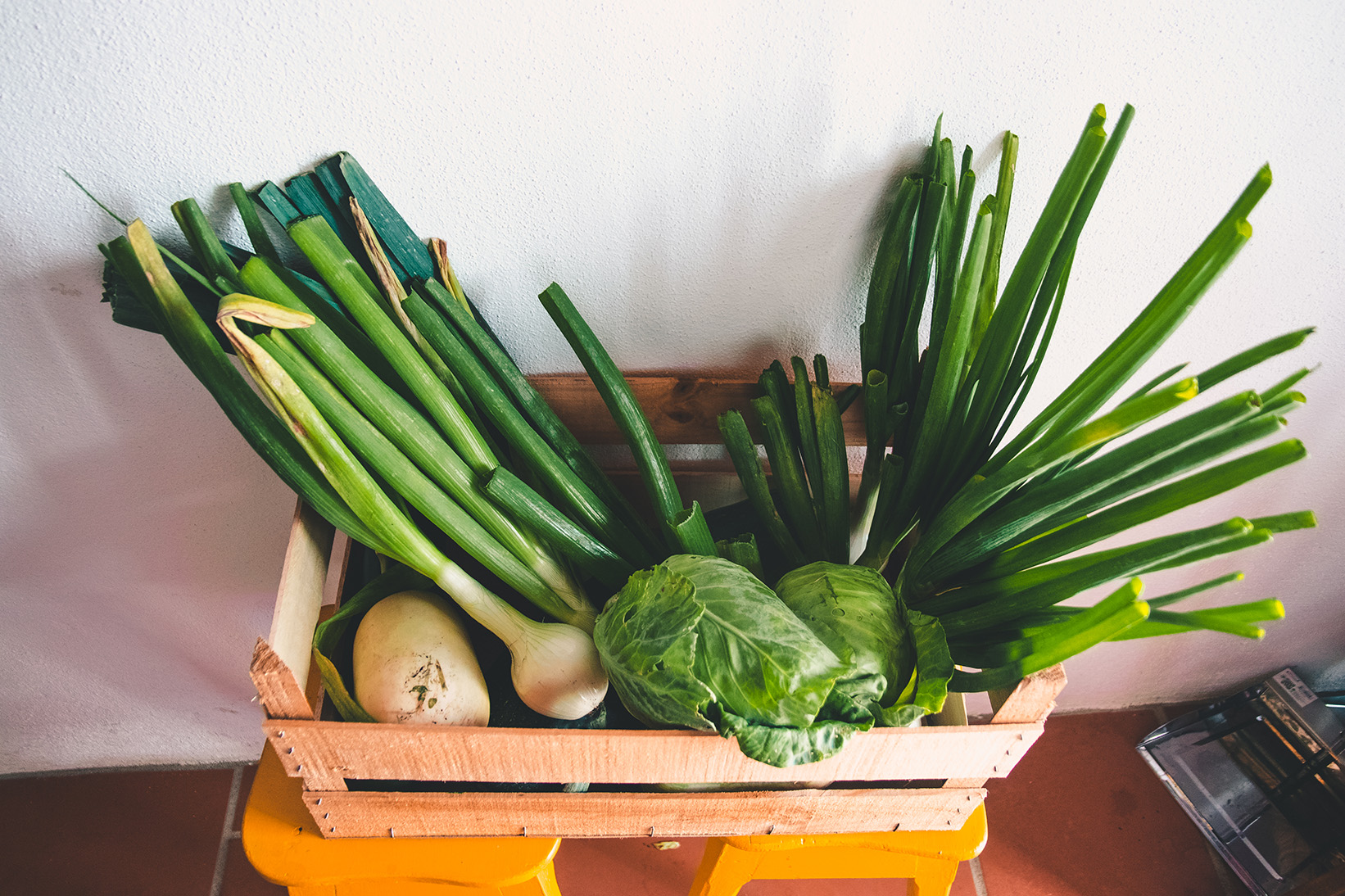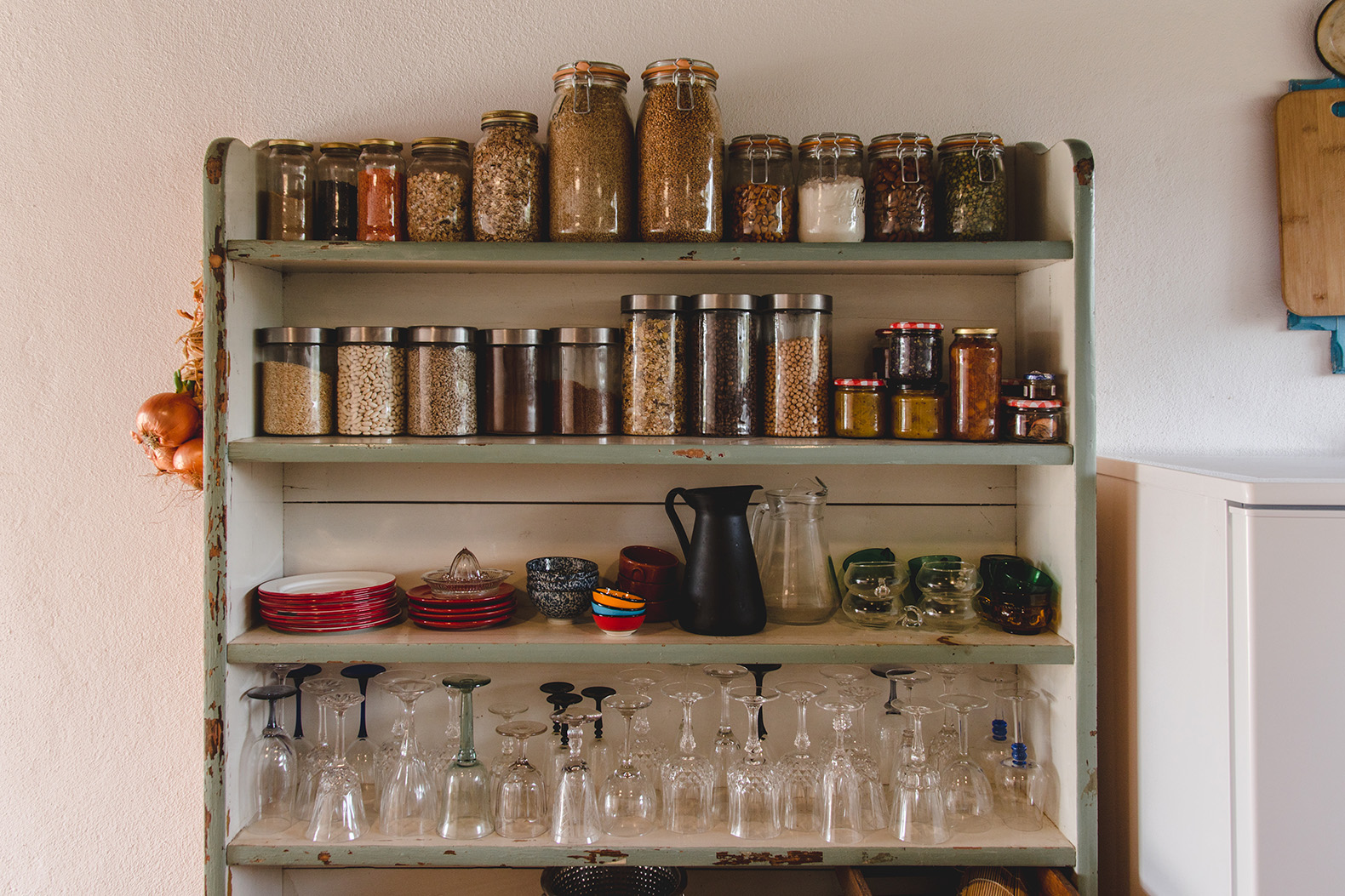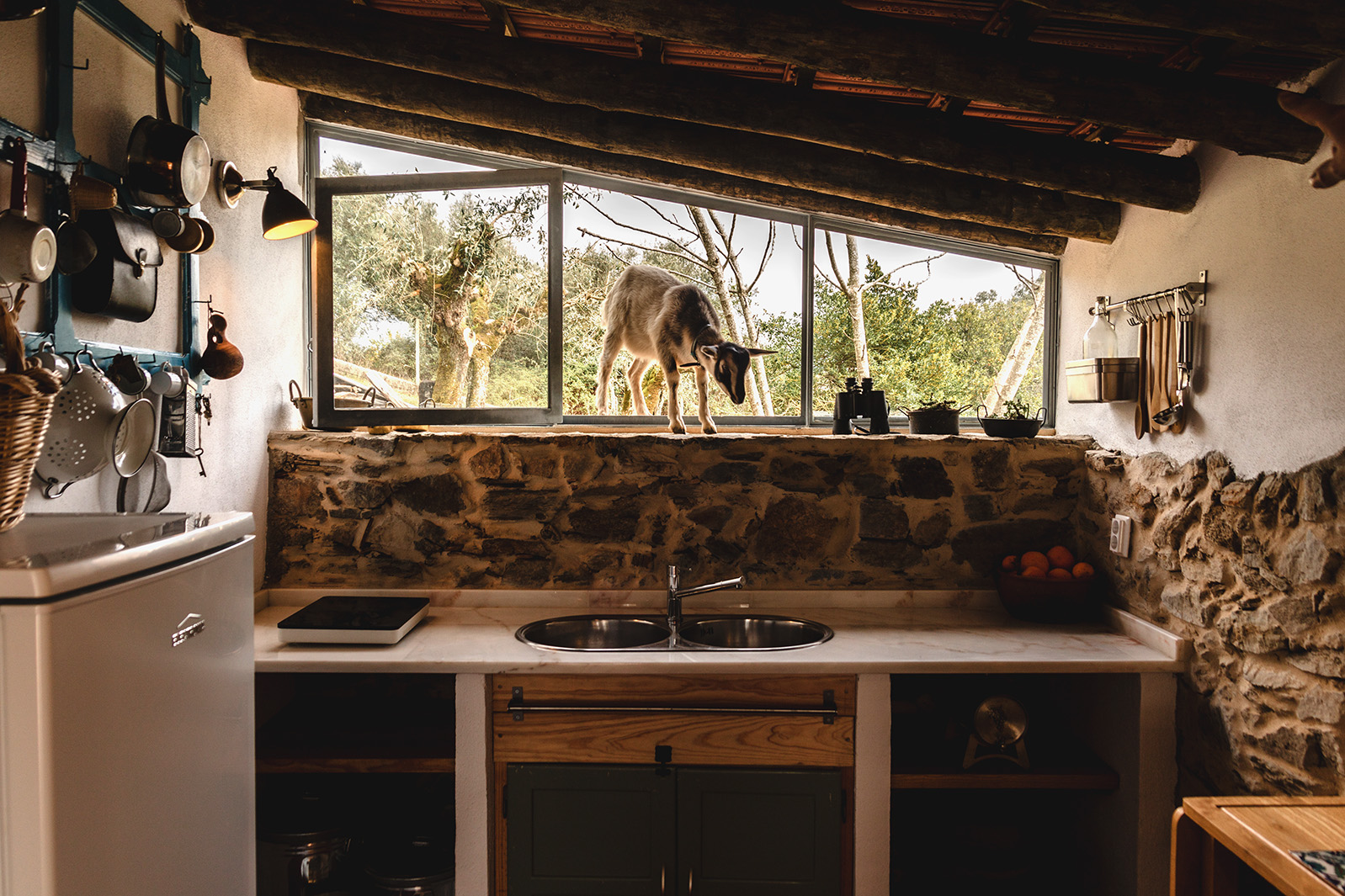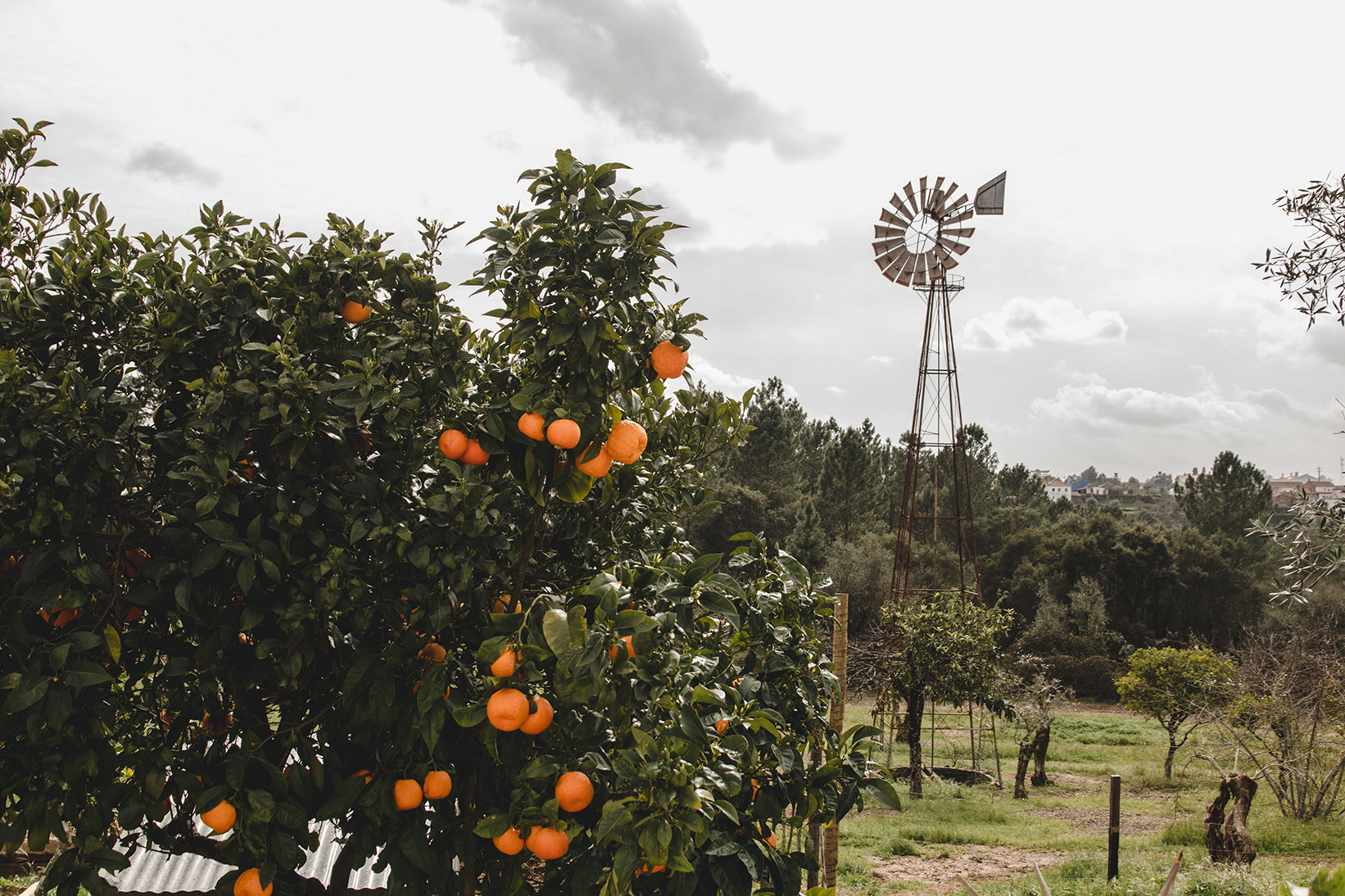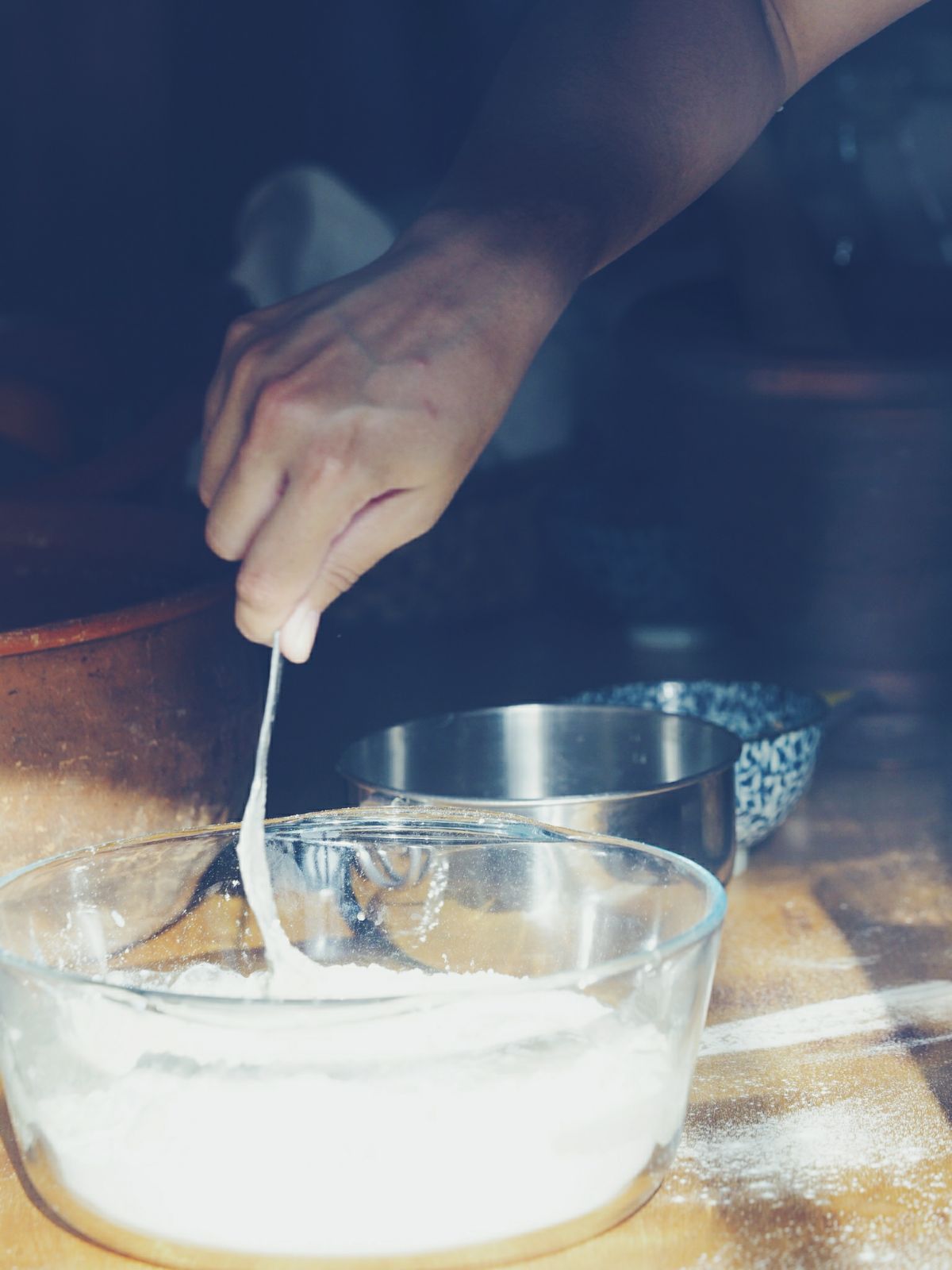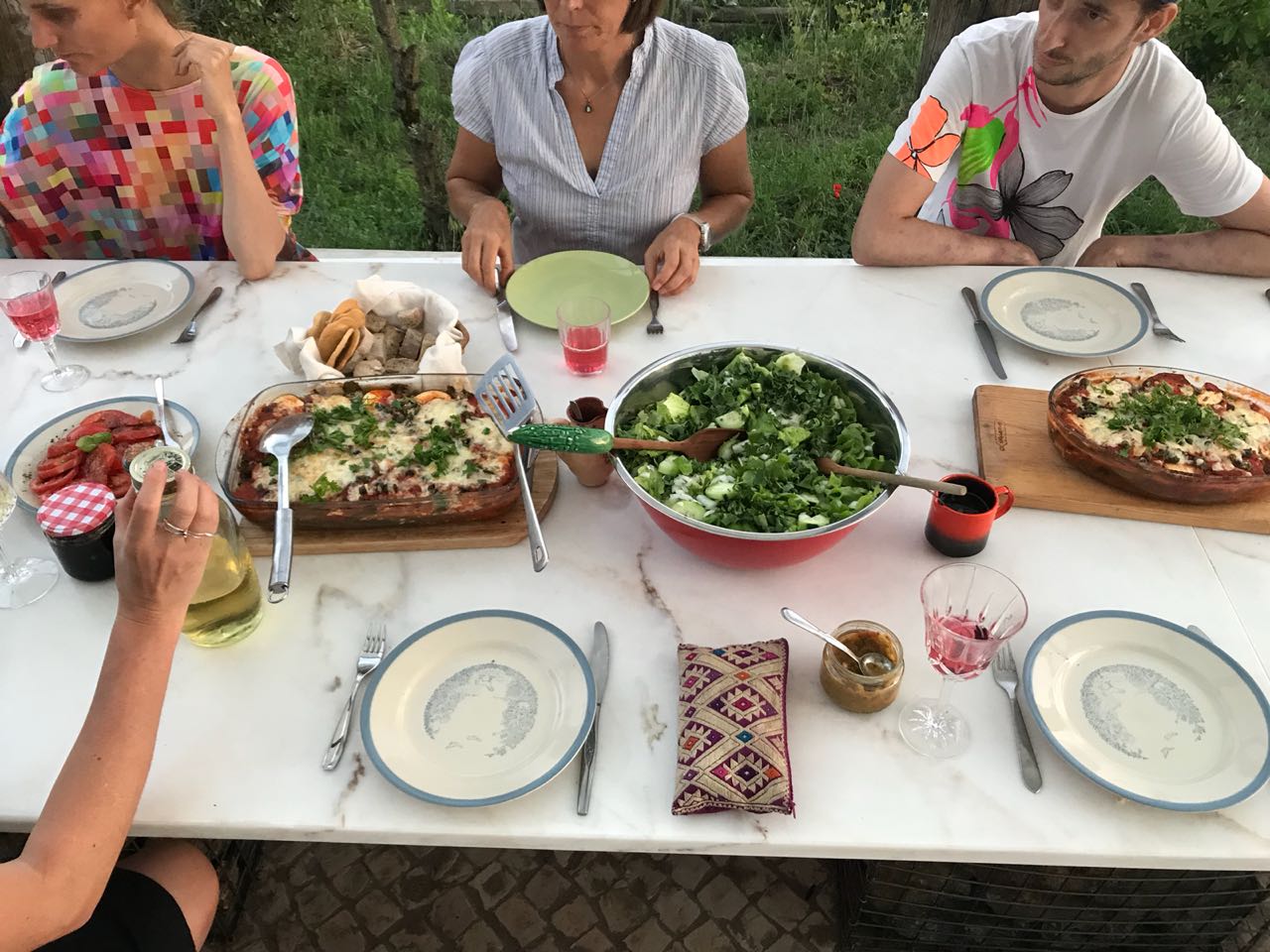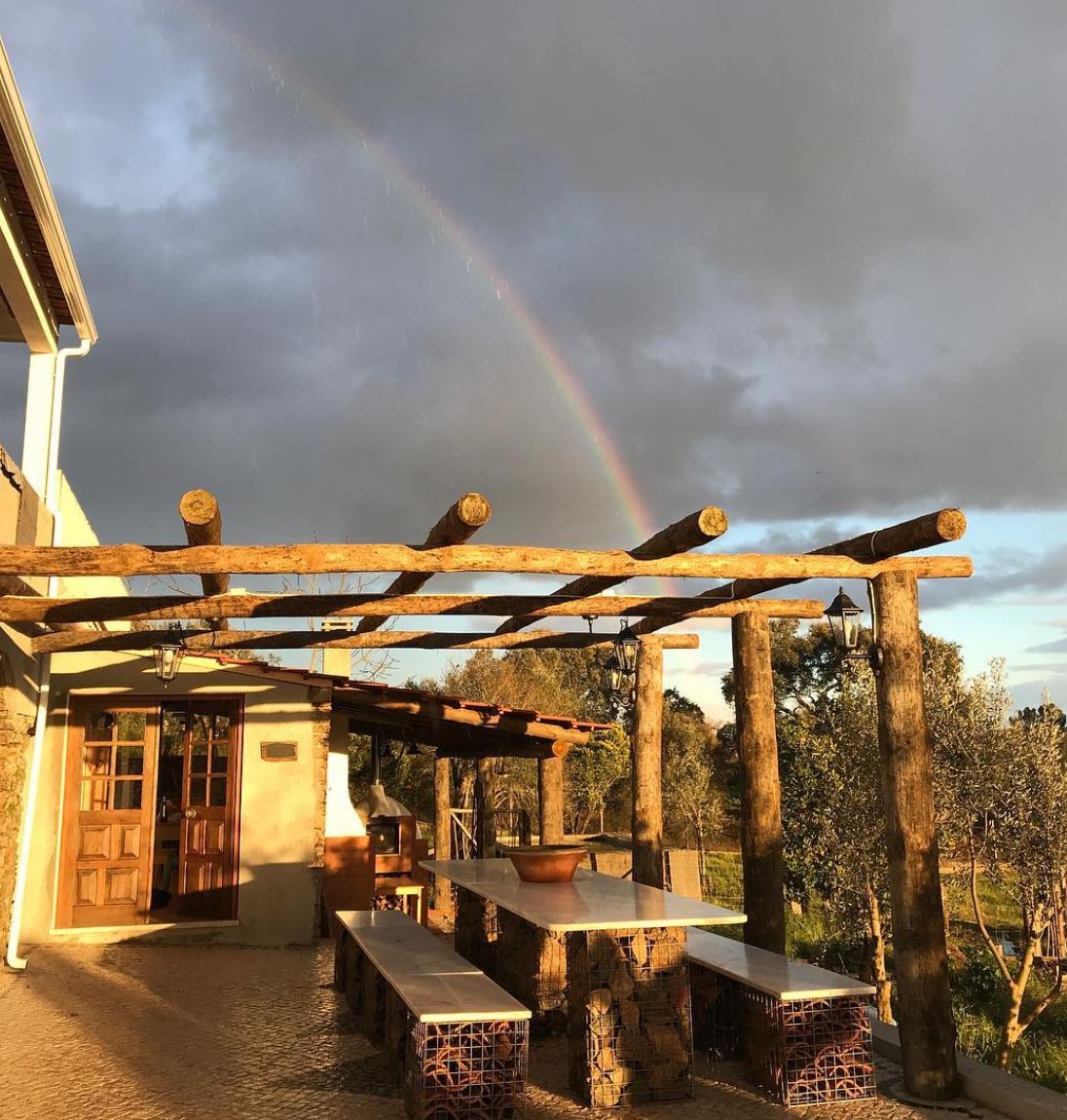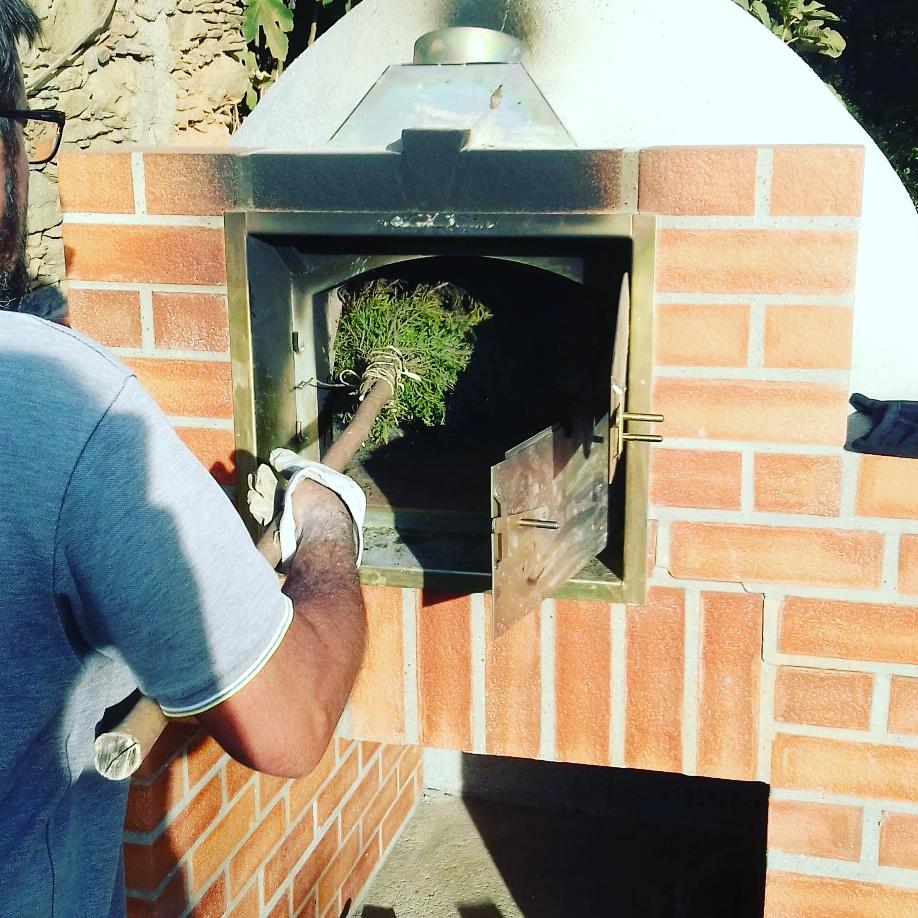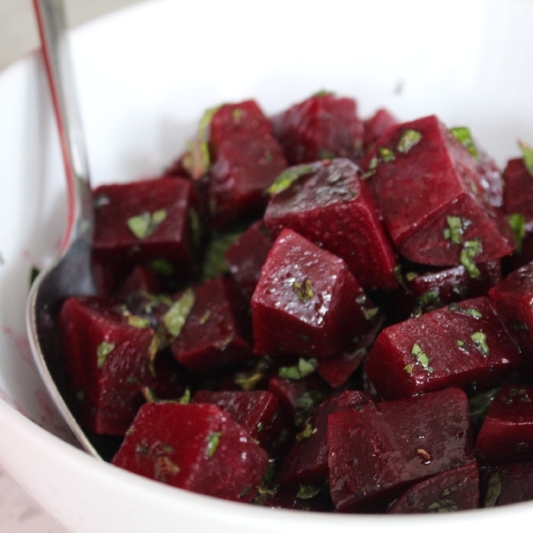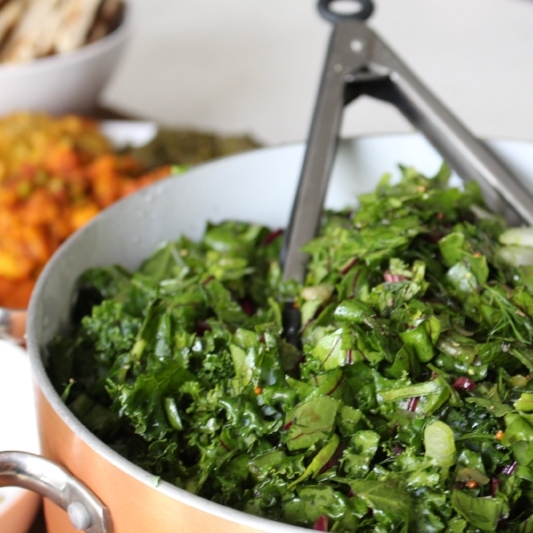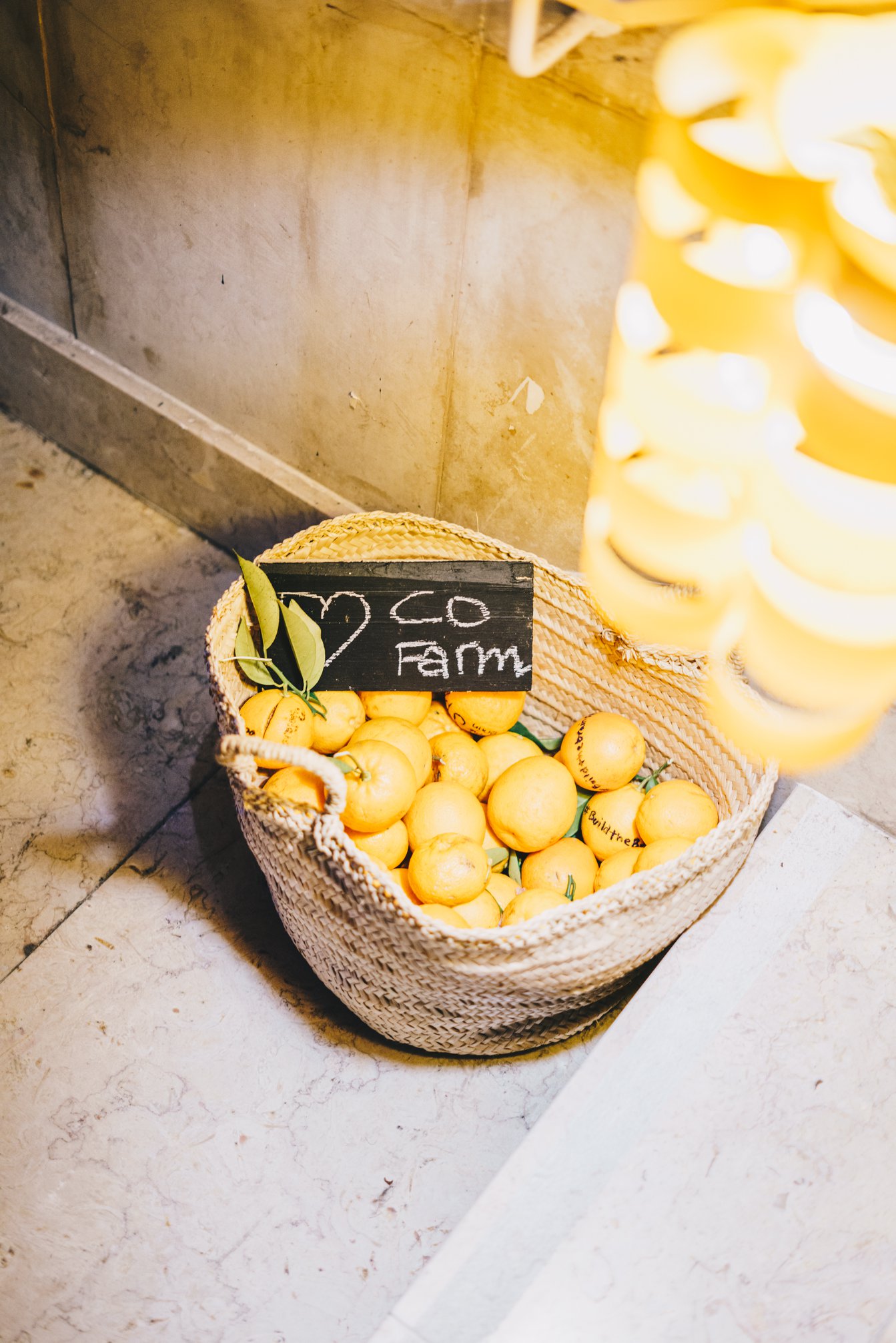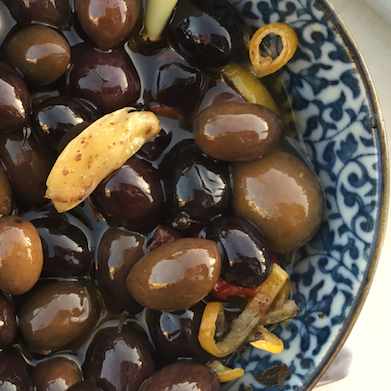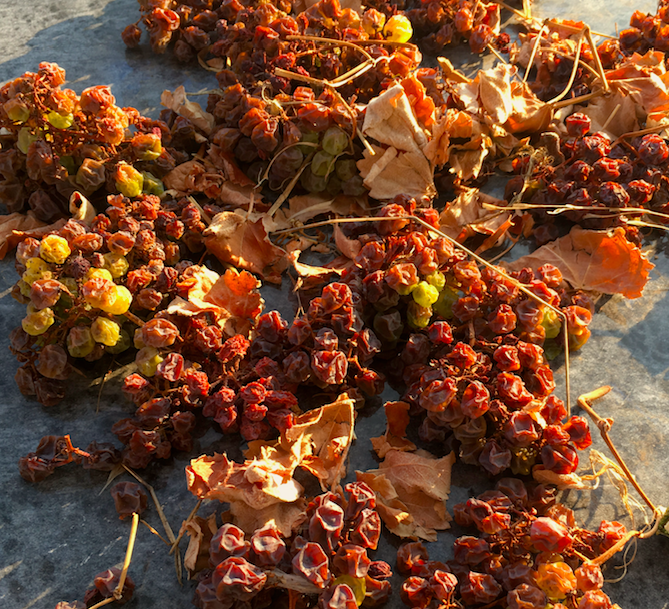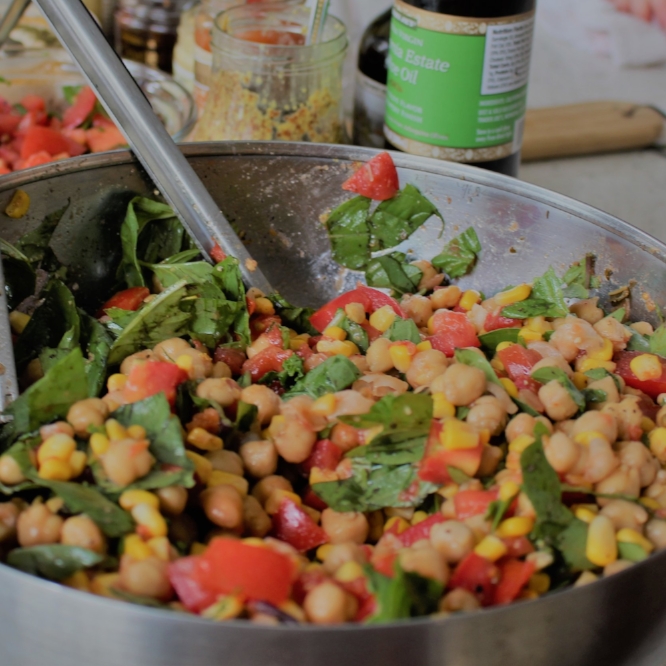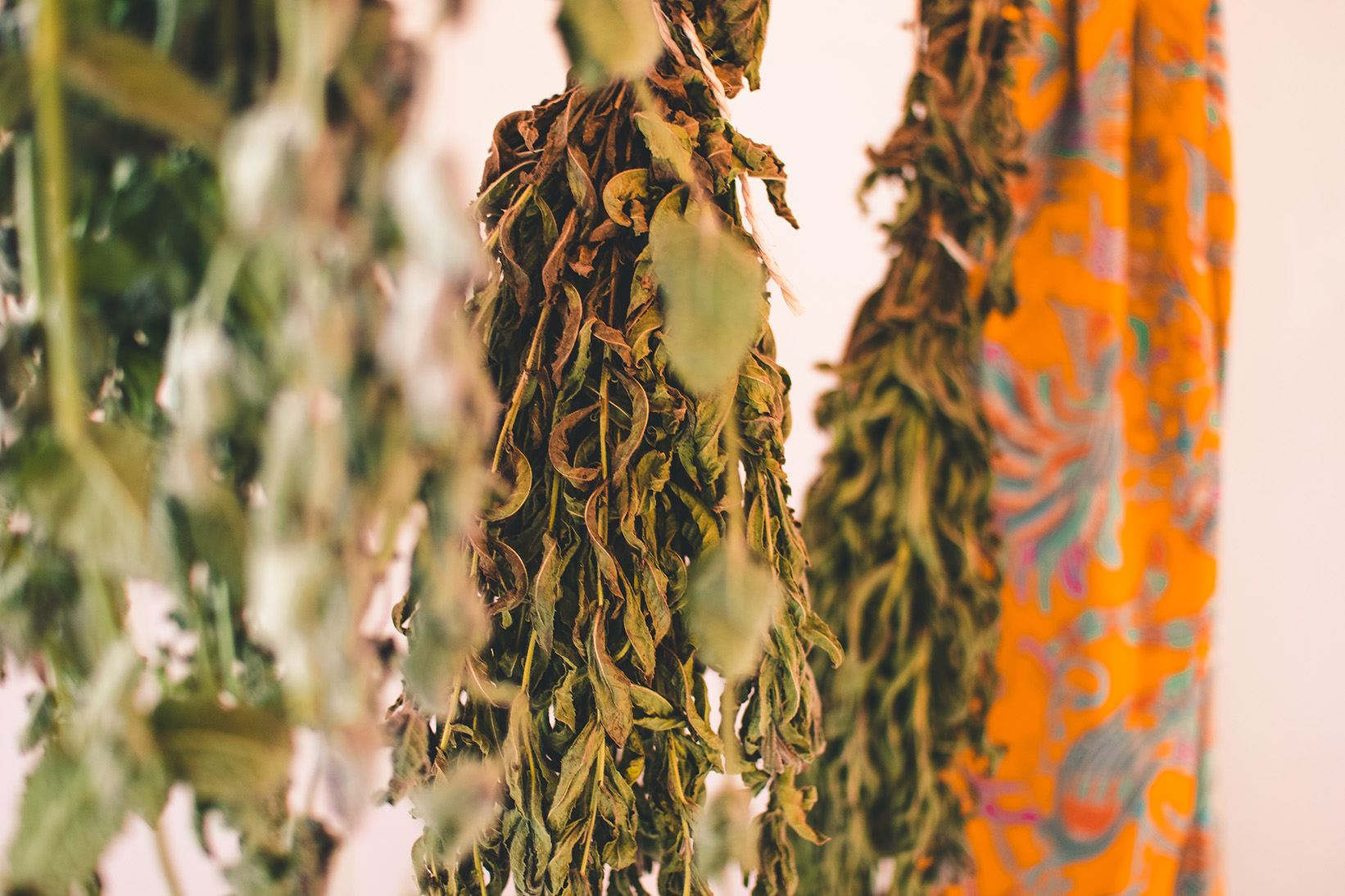So, you’re feeling a bit guilty about living comfortably? You have heard about the global waste crisis and might already be refusing to use plastic straws, but are wondering what else you can do? Not to worry — you needn’t abandon your modern life just yet. There are a heap of easy, everyday things you can do to bring your waste and personal impact footprint down – even to zero.
Contemporary Sustainable living choices often go hand-in-hand with comfortable living, and could even make for an easier, happier, healthier and more creative lifestyle once you have optimized ways of fitting it into your daily routines.
Here are 8 ways you can start opting for lower impacts, and living a more sustainable life.
#1: Composting
This first tip depends strongly on whether or not you have an outdoor space at home and permission to compost in your local municipality. Building a composter or burying vegetable waste in the ground can be time-consuming; however, even apartment dwellers with a large outdoor shelf or balcony can compost on a small scale to supply their plants with nutrients. There are also now indoor composters in varying sizes, depending on your needs, and these are great solutions for those who wish to manage food waste responsibility, but don’t have outdoor space.
Not only does composting provide your plants with good quality, high-organic content material that they need as fuel, but it also is a great way of managing waste from the kitchen and avoiding smelly bins at the end of the week. Furthermore, the super benefit of composting is that you help reduce waste for landfill and dumps, which is a huge problem as the organic material converts into methane—a 25% more potent greenhouse gas than Co2!
To get started, find out from your local authority what rules may apply and look into which composting options might be available. As a general rule, composting is allowed and actively encouraged nationally; on the other hand, some states or municipalities allow trench, but not vertical, composting. In such cases, food waste roadside pickup is often provided, putting it towards locally produced compost.
#2: Ditch the Addiction to Bottled Water
If there is one thing you can do to reduce your plastic footprint, it’s to rely on water from the tap, rather than from the store. Bottled water is sometimes necessary when no clean source of water is available en masse; however, if reusable bottles can be used to refrigerate water at home, and you can add filters to your taps or get a filtered water bottle, then for the most part, you can reduce all the unnecessary plastic waste that water bottles contribute to. Did you know that every minute a shocking 1 million water bottles are used globally? This is a staggering amount, and it's only been a recent trend which is steadily rising.
Source: Marketresearch.com
There are some trendy reusable water bottles available which, in the long-run, save money, offer features such as filtration, and can often keep water both warm and cool—so everyone should have at least one of these in their home :) If not, you can always re-purpose a nice old pasta sauce jar or find a reusable option that suits your personal style.
The argument for reducing the use of water-packed into plastic bottles at a personal level need not even extend as far as the environmental issues such as landfill and ocean plastic waste; there are also health concerns associated with the release of harmful chemicals from disintegrated plastic. For one of the chemicals used to produce PVC plastic, Bisphenol A (BPA), science has uncovered links between BPA and serious human health issues [1]—so cutting plastic bottles out of your daily routine is first and foremost about personal health as well as caring for the environment.
#3: Shop at Second-Hand Stores
Everybody knows the adage, “It’s an oldie but goodie,” but there is a lot of truth to this when it comes to items for the home. A great resource for older but high quality home goods and clothing is the use of charity or ‘second-hand’ shops. Often priced at a fraction of those brand new, they also make a great destination for a day out with family or friends, as you just never know what you will find! As well as reducing costs, buying from second-hand stores ensures your wardrobe and home remain completely unique, knowing that the item bought is unlikely to be found elsewhere and therefore offers a unique flair to your decor. Browsing charity shops is also a great way of finding fashion inspiration, looking at unusual and rare clothes.
At the same time, dropping clothes off to the second-hand shop is an easy and practical way of reducing waste—and second-hand shops often become hubs for the local community, hosting events and connecting people for other goods and services. Regularly visiting some well-connected and proactive charity shops can be a great way of making new friends.
#4: Repurposing old Clothes
If clothes really have bitten the dust after years of wear, there are a host of ways to make use of the textiles, whether natural fibers or synthetic. Such applications depend on lifestyle and leisure time; however, one novel example is the cutting up of textiles to produce sound insulation panels for home recording studios or in apartment blocks to get a better night’s sleep. Science has shown that the soundproofing qualities of clothing fibers and other plant matter are equal to that of commercial metal and petro-chemical-derived plastic soundproofing products [2], at a fraction of the cost and environmental impact.
And making sound-proofing doesn’t need involve significant innovation; simply snip clothes on an edge and tear off strips to drop into an old duvet cover, remembering to include partitions sewn in to the cover to prevent the pieces falling to the bottom—the more partitions, the more uniform the final acoustic insulation properties will be. Other, more creative methods, can also be used such as small, fabric-filled pillow cases inside wooden frames. If this is a bit advanced still, you can turn them into cleaning rags or give them a quick sew to make produce bags for zero waste shopping!
DIY Produce bags are a great way to re-purpose worn out cloths
Natural fibers from worn out clothes can even be chopped up and mixed into soils—indoor or outdoor—as a source of organic matter for plants at home. Most natural fibers are cotton which is the fruit of the cotton plant; these are therefore biodegradable and a source of organic matter for plants. It is a good idea to allow clothes to decompose slightly through composting before using in this way; however, old clothes can also be used as ground cover between plants, as is before putting a soil top layer. This is also a source of nutrients and helps to control weeds.
Lastly, if you’re handy with a needle and thread, old clothes make a great source of original, unique fabrics to use in home furnishings, such as cushions or table sets. Be creative!
#5: Upcycling and Repair
You are probably already recycling, but upcycling helps to increase the value of the materials rather then decrease them through industrial processing. Putting new life into old household items has become so trendy it’s almost cliché. However, reinvigorating old furniture and other items for the home can have many hidden benefits. As with charity shop clothing, it creates a completely unique, personal feel in the home. Picking up old chairs and sofas, or recovering them from the garden shed and garage, can be a great source of style tweaks throughout the home to compliment more generic, modern furnishings.
The choices are endless, and the internet is replete with tips and techniques for restoring homeware and furniture; everything from regeneration of faux leather using acrylic paint to growing of succulents in old broken teacups, teapots, or shoes. As well as the benefits of personalisation and possible cost savings, such projects can be a great way to spend time with family and friends, to learn new skills, and to de-stress. Finding things to do with close ones, saving money, and reducing humanity’s waste footprint in one fell swoop is a weekend pretty well spent :)
Repairing things at home or taking them to a mender will save money and resources
Fixing stuff is a great cost saver that prolongs the life of an item. These days so many things are designed to break prematurely, which can be expensive and frustrating. Having some good repair tools on hand, such as high quality glue or even something like Sugru putty, can help you quickly fix your broken items. And don’t forget about your local shoe repair and tailors — they are always ready to fix your worn out items! Check out ifixit.com for handy repair manuals on your favorite electronic items!
#6: Eating Less Animal Products and More of the Right Foods For You
The modern western diet is quite varied; however there is a reliance on certain staple ingredients which aren’t necessarily the best for the human digestive system and which can lead to overconsumption, health impacts, and physical waste. Yet everybody’s digestion system is slightly different, with no “one-size-fits-all” approach to nutritional requirements being readily available. What works for one person won’t necessarily work for another. There are many ways that your diet impacts the planet, and recent studies show just how powerfully positive your daily food choices can be.
It pays to find out what food is most beneficial for your particular biology, both from the point of view of feeling healthy and well, and for reducing your impact by not the ‘wrong’ foods for you, as well as reducing your reliance of repacked and processed foods. Some, for example, have trouble digesting poor quality, high-gluten wheat products such as normal bread, whilst others respond badly to green vegetables but relish orange vegetables such as carrots and sweet potato. Knowing what works best for you saves, in the long-run, money and environmental damage, plus makes for a more efficient kitchen. Research shows that a healthy digestive system also increases happiness, cognitive functioning and sense of well-being [3].
Eat more vegetables — it’s good for you and the planet!
There is also the issue of meat. Many people love a good steak, and a good steak can do wonders for your health—but the human body is designed to consume meat in fairly moderate amounts and on a relatively infrequent basis. Modern food systems have made rearing of animals for human consumption highly efficient, bringing prices incredibly low relative to those paid by previous generations; however such levels of consumption not only markedly impact the environment but also pose risks to human heart health in the form of excess saturated fats. Research published in just the last few months indicate that the blood fat levels of men that bring their red meat intake down to a more moderate level, replacing it specifically with plant proteins, are far healthier; other research has shown that reduced meat intake can reduce the risk of death by 23%.
For the environment, the rearing of cattle for food is the single most inefficient way of supplying calories into our diets. Efficiency of food production is measured by the feed conversion ratio (“FCR”), which is just a technical way of expressing how much material is put into an animal to get a certain amount of useful meat or fish. The ratio for beef is about 8 which means for every kilo of beef, 8 kilos of grain are needed. Chicken is also inefficient, but has improved drastically over the years. Fish and plants are far and away the most efficient converters of inputs into food, sometimes equalling the amount going in as that coming out. Switching diets to plant proteins and fish therefore boosts your health and reduces wasted energy.
This is wasteful in the sense that we are pumping natural resources into products that we don’t need to supply nutritional components that do more harm than good. A better way is to see meat, particularly red meat, is as a treat rather than an everyday commodity. By doing so, shopping budgets can be directed toward delicious, high-quality meat on a more occasional basis.
# 7: Ethical Shopping
We never used to have to think about the implications of supply chains in goods we bought. Choices were fairly limited to locally produced goods, and most purchasing decisions were made solely on the dynamic between price and quality. Nowadays, in a global economy, the choices on goods are vast, and many consumers do have some awareness around the impacts mass-produced goods have on the people who work to produce them and on the natural environments where products are grown, harvested, or manufactured.
Within this, most major companies have some sort of policy on supply chain ethics; however consumers can, with the right tools, find out what the implications are of making a particular purchase. Bad corporate practice is often publicised, and there are now dedicated consumer services as well as political efforts to make this process easier. Finding out how and where products have been sourced may not reduce waste in the home—but it may reduce waste in the homes of the people involved in their production.
# 8: Reduce Packaging
Packaging is often an essential part of many products, as it protects them throughout their journey to market. However, it can sometimes be relied on too heavily, which creates unnecessary waste. A great deal of work has already gone into minimising and light-weighting packaging in certain goods, as well as ensuring materials used are either recyclable or reusable. However, added efforts can be made by consumers through selective purchasing of products supporting companies that have gone to the effort of designing more sustainable packaging, or removed it all together. There is now a trend towards zero waste that allows customers to shop in bulk using their own reusable containers. Check this handy app out to find build stores in your neighborhood.
Selecting products based on packaging is particularly relevant to food. Some high-end fruits, other highly-perishable goods and pastry items are often supplied in double-layered ridged plastic packaging to protect it from damage. Such packaging is unnecessary, largely for aesthetic appeal, and is often hard to recycle as well (depending on what plastic it is made from)—only 9% of all plastic every produced has been recycled so it’s best to opt for none! Choosing package-free items indicates to supermarkets and other retailers that over-use of packaging is a definite motivation behind buyers making a purchase and will, in the long run, lead to them offering more low and zero waste products. This has the added benefit of reducing the rate at which the kitchen gets filled up with recyclables and waste, and how often the storage bin for this needs to be changed!
There are many other everyday lifestyle choices you can make to live a more sustainable life. These are just 8 quick-starters, but once you begin, you will see how empowering it is to make choices that will have a positive impact for you and your family into the future.
—————
At the CO Project Farm we are always experimenting with finding easy and contemporary ways of activating sustainable living. We run workshops is all sorts of lifestyle choices like fermentation, vegetarian and vegan cooking, organic farming, zero waste kitchens, and much more. Check out our upcoming experiences here.
——————
Article References
Konieczna, A., A. Rutkowska, and D. Rachon, Health risk of exposure to Bisphenol A (BPA). Rocz Panstw Zakl Hig, 2015. 66(1): p. 5-11.
Sustainable natural materials can be used for noise insulation, in European Commission DG Environment News Alert Service, S.f.E. Policy":, Editor. 2011.
M., et al., Gut microbiota's effect on mental health: The gut-brain axis. Clinics and practice, 2017. 7(4): p. 987-987.












